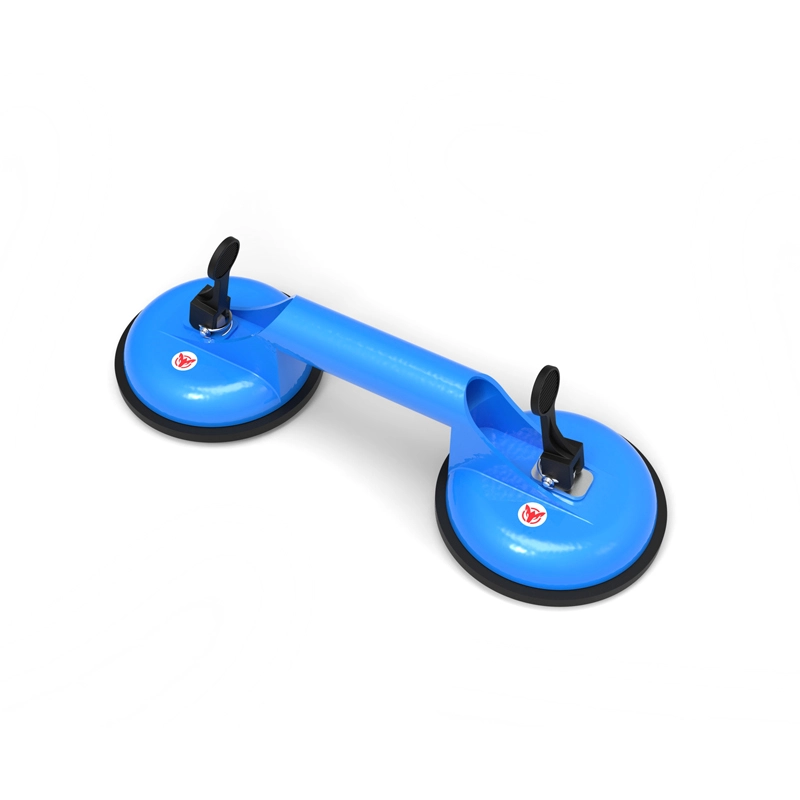A Complete Guide to Safe, Efficient, and Modern Material Handling
Manual material handling is the starting point for every job site, warehouse, and factory. Despite technological advancements, manual tasks—lifting, carrying, moving, and storing materials by hand—are still common across the construction and logistics industries. But what exactly is manual material handling, and how does it compare with mechanical and motorized solutions? This guide explores the essentials, risks, and best practices to improve safety, efficiency, and cost-effectiveness in your operation.

Table of Contents
ToggleWhat Is Manual Material Handling?
Manual material handling (MMH) refers to the process of lifting, moving, lowering, pushing, pulling, carrying, or otherwise handling materials using human physical effort—often without powered assistance. It includes activities like stacking boxes, moving crates, loading supplies onto shelves, or carrying materials across a job site.
For a deeper foundation, see What Is Material Handling?

Why Is Manual Material Handling Important?
Manual handling is widespread because it’s simple, flexible, and often requires no specialized equipment. However, it can also be a leading cause of workplace injuries, downtime, and inefficiency—especially as load sizes or frequencies increase.
Key reasons to focus on MMH:
- Widespread use: Found in warehouses, construction, manufacturing, logistics, and retail.
- Risk of injury: Improper technique leads to musculoskeletal disorders (MSDs), strains, sprains, and even chronic health problems.
- Opportunity for improvement: Small changes in technique and equipment can yield significant safety and productivity gains.
Examples of Manual Material Handling
- Lifting bricks, pipes, or bags by hand at a construction site
- Pushing carts or wheelbarrows filled with tools or debris
- Carrying pallets or boxes in a warehouse
- Stacking crates or bins manually
- Loading or unloading vehicles by hand
Common Equipment Used for Manual Material Handling
Even in manual handling, simple aids are often used to reduce physical effort and risk, such as:
- Wheelbarrows
- Carts and trolleys
- Hand trucks (dollies)
- Pallets (when moved manually)
- Small lifting devices
As jobs and loads grow in size, businesses often transition to motorized material handling or mechanical material handling solutions.
Manual vs. Mechanical vs. Motorized Material Handling
| Type | Example Equipment | Description |
|---|---|---|
| Manual | Wheelbarrow, pallet, hand truck | Human-powered, flexible but high risk of injury and fatigue |
| Mechanical | Levers, hoists, cranes | Machines powered by human input (pulleys, levers, non-motorized cranes) |
| Motorized | Forklifts for construction, electric jacks, conveyors | Powered by engine or battery, ideal for heavy or frequent handling |
Read more:
Hazards and Risks of Manual Material Handling
Manual handling is one of the most common causes of occupational injuries. Risks include:
- Back injuries
- Muscle strains and sprains
- Crush injuries from falling loads
- Fatigue leading to accidents
- Repetitive motion injuries
Many of these can be prevented with the right knowledge, training, and equipment choices.
Best Practices for Safe Manual Material Handling
- Assess the Load: Know the weight, size, and shape before lifting.
- Plan the Route: Ensure clear paths and stable footing.
- Use Proper Technique: Bend the knees, keep the back straight, hold loads close to the body, and avoid twisting.
- Take Breaks: Alternate tasks to avoid fatigue and repetitive strain.
- Seek Help: Team lifting for oversized or heavy items.
- Use Simple Aids: Wheelbarrows, carts, and pallets can dramatically reduce strain.
For more tips on choosing the right equipment, visit Material-handling Equipment.
When to Transition to Mechanical or Motorized Equipment
Manual handling is cost-effective for occasional, light loads, but when jobs scale up, switching to:
- Jib Cranes
- Vacuum Lifters
- Aardwolf Slab Lifters
- Forklifts or powered carts
can reduce labor cost, improve safety, and increase productivity—especially on construction sites, in warehouses, or for frequent heavy lifting.
Manual Material Handling in Construction
Construction sites rely on both manual and powered handling:
- Lifting equipment for construction: Hand tools, buckets, wheelbarrows, or two-person carries.
- Material storage solution: Stackable bins, shelves, and on-site storage for hand-carried materials.
- Transporting materials on job site: Often manual for smaller loads, with carts or hand trucks.
But as load sizes, distances, or job complexity increase, motorized or mechanical equipment becomes essential for logistics and efficiency.
Reducing Risks & Boosting Efficiency
By training workers, planning tasks, and introducing simple handling aids, organizations can:
- Reduce labor cost in construction (fewer injuries, faster work)
- Improve safety on construction site
- Increase construction productivity
- Minimize material waste (less dropped or damaged product)
Real-World Example
A contractor using only manual methods faced high injury rates and low output. By integrating Jib Cranes and Vacuum Lifters, they cut injuries in half, doubled productivity, and reduced downtime for their team.
Conclusion
Manual material handling is foundational to every operation, but comes with significant risks if not managed properly. With the right techniques, aids, and gradual adoption of motorized and mechanical equipment, businesses can safeguard workers, boost efficiency, and remain competitive.
Further Reading:

















Please log in to leave a comment.